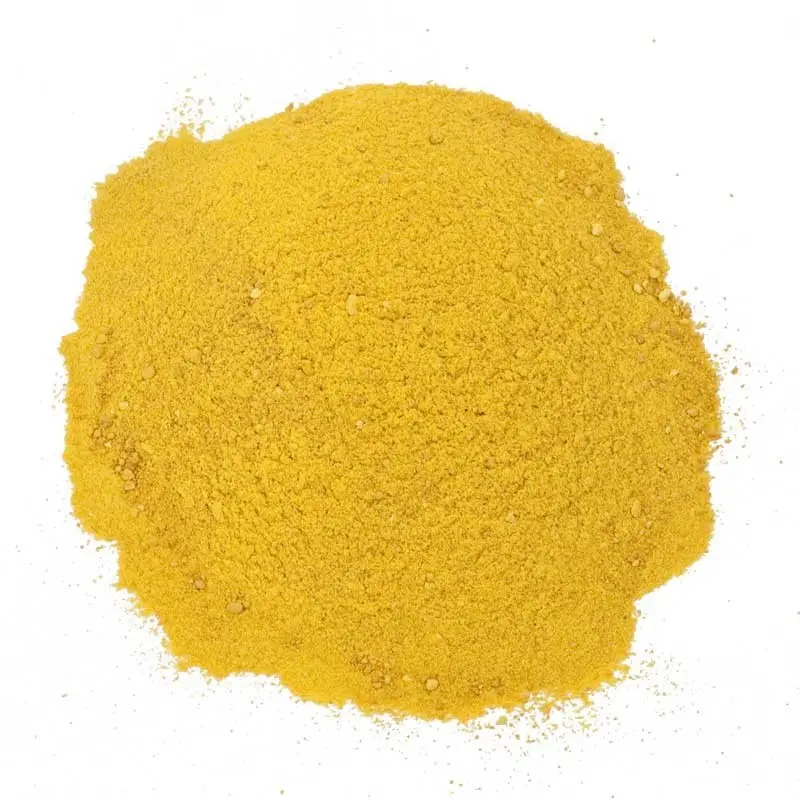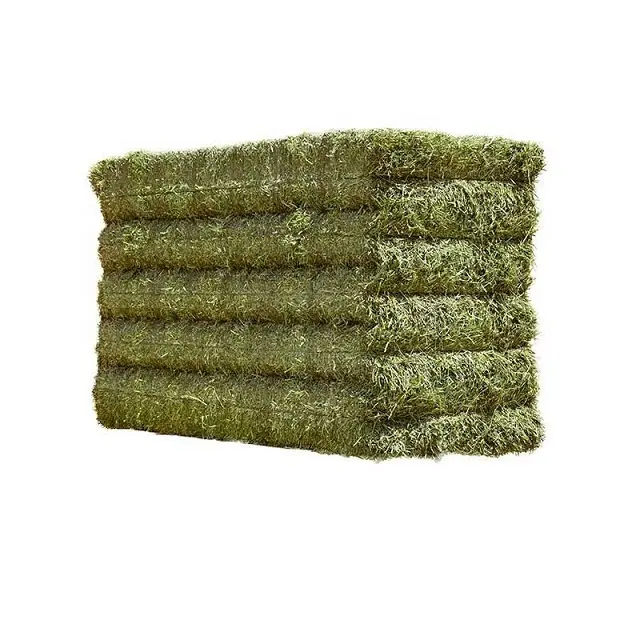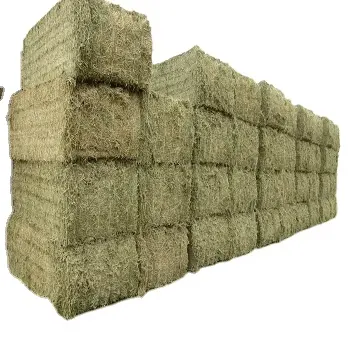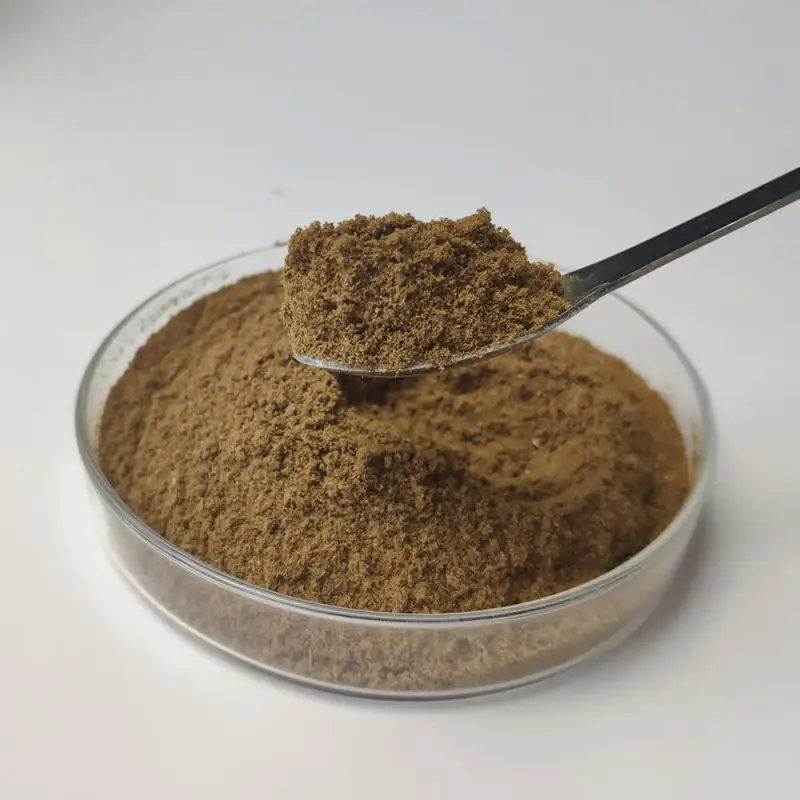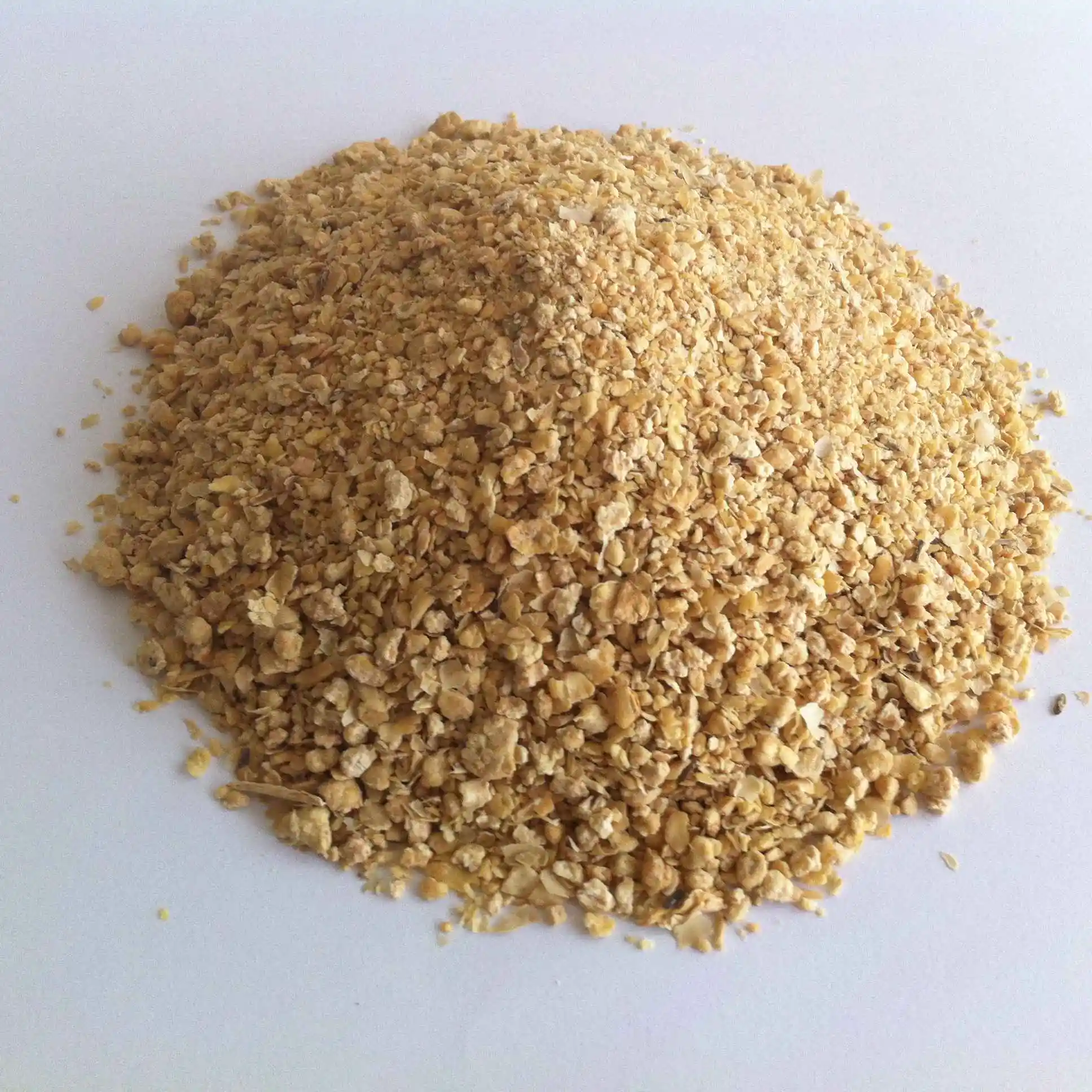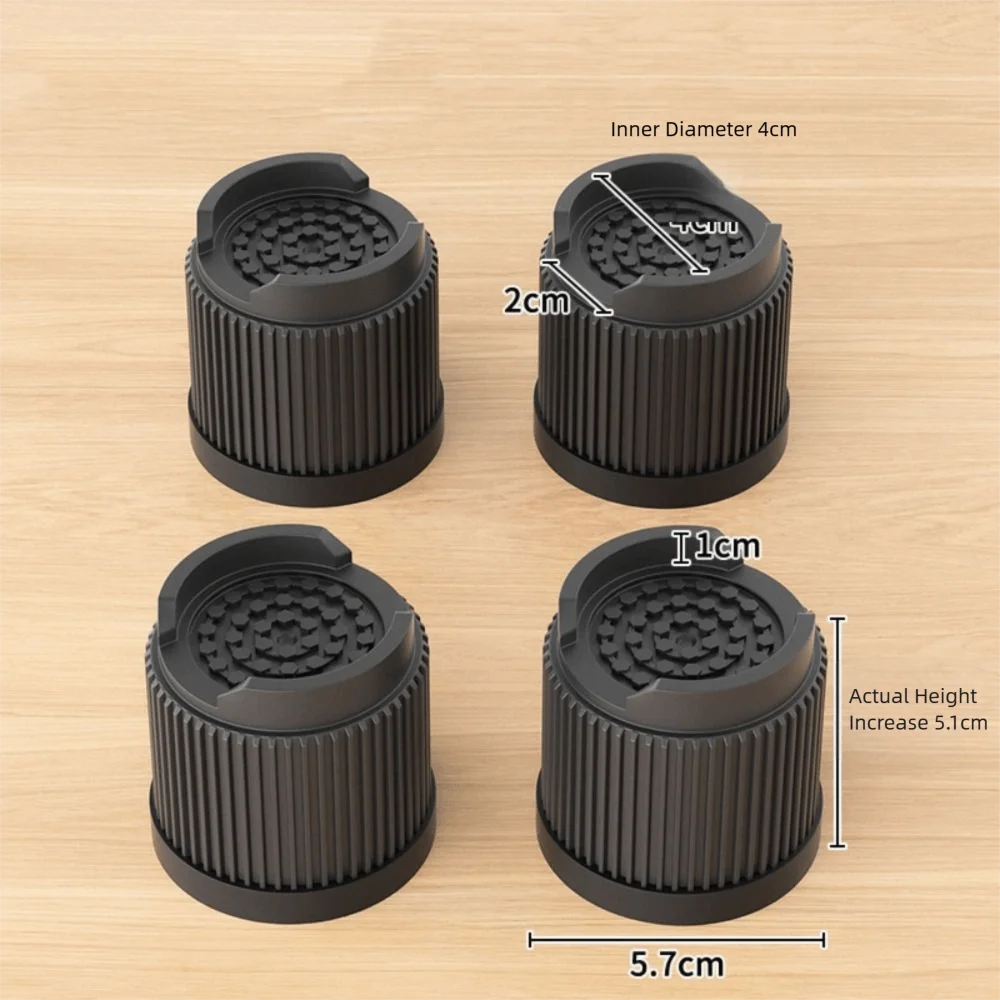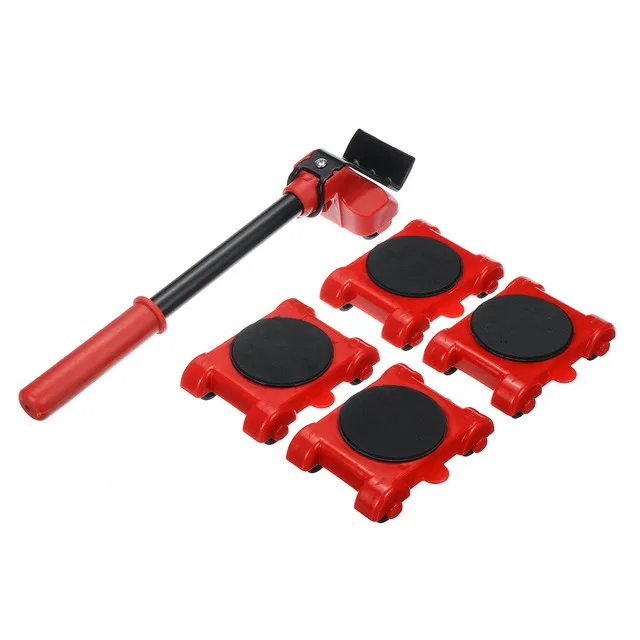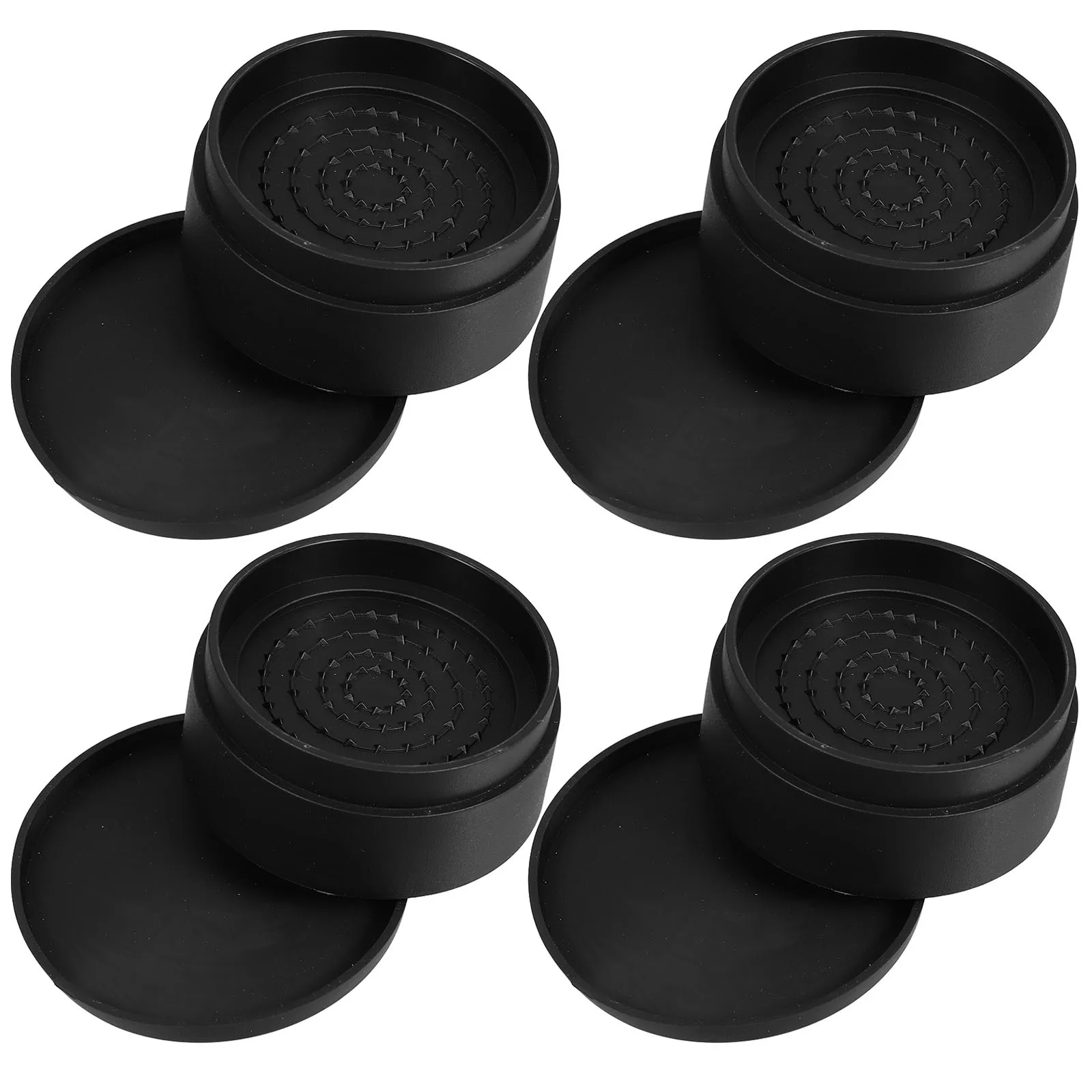Высокое качество рыбная мука
- Категории: Feed >>>
- Поставщик: Lingshou,Baifeng,Mineral,Products,Processing,Factory
Поделиться:
Описание и отзывы
Характеристики
Products Description
Name: | Fish meal |
Fish meal uses one or more kinds of fish as raw materials, and is processed by deoiling, dehydrating, and crushing high-protein feed materials. The world's fishmeal producing countries mainly include Peru, Chile, Japan, Denmark, the United States, the former Soviet Union, Norway, etc. The export volume of Peru and Chile accounts for about 70% of the total trade volume. According to statistics from the World Food and Agriculture Organization (2013), China’s annual production of fishmeal is about 1.2 million tons, accounting for about half of the total domestic fishmeal consumption. The main production area is in Shandong Province (about 50% of the total domestic fishmeal production), while Zhejiang Provinces account for about 25%, followed by Hebei, Tianjin, Fujian, Guangxi and other provinces and cities. At the end of the 20th century, my country imported about 700,000 tons of fishmeal every year, about 80% of which came from Peru, less than 10% from Chile, and a small amount of imports from the United States, Japan, and Southeast Asian countries. Although fish meal is still an important animal protein-added feed so far, Chinese feed workers have been researching and exploring low fish meal and no fish meal diets. Fermented soybean meal is currently the best alternative product.





Recommend Products
Company Profile

Lingshou County Baifeng mineral processing plant is located at the foot of the picturesque Taihang Mountains River. The company is located 60 km south of the provincial capital of Shijiazhuang and 320 km east of the port of Tianjin. It is the producer of natural mineral building material products. It takes science and technology innovation as the first, non-metallic mineral material development as the basis, technology, industry, trade and other talents, become a research and development, processing, sales as one of the new integrated enterprise. Lingshou County Baifeng mineral processing plant is a professional production and processing company for Quartz sand, round quartz sand, colored sand, fluorite powder, mica powder, heavy calcium powder, Kaolin, rock flake, negative ion powder, vermiculite powder, fruit shell wood powder and other products, has a complete and scientific quality management system. Lingshou County Pak fung mineral processing plant integrity, strength and quality of products recognized by the industry. Welcome friends from all walks of life to visit, guidance and business negotiation.









FAQ
Q1: Are you a manufacturer?
Yes,we are manufacturer.
Q2: Can I get a sample at first?
Yes, we can supply a free sample.
Q3: What is MOQ?
Our MOQ is according to your need.
Q4.Do you have strict quality control?
Yes,we will inspect each batch of goods before loading, only after the goods qualified, it can be allowed to out of the factory.
Yes,we are manufacturer.
Q2: Can I get a sample at first?
Yes, we can supply a free sample.
Q3: What is MOQ?
Our MOQ is according to your need.
Q4.Do you have strict quality control?
Yes,we will inspect each batch of goods before loading, only after the goods qualified, it can be allowed to out of the factory.
Похожие товары
Премиум качество, сенные тюки Alfalfa
US $50.00-$60.00
Украина Alfalfa Hay
US $200.00-$300.00
Корм для рыбы из кальмара
US $650.00-$670.00
Подсолнечное масло для пирожных
US $300.00-$500.00







